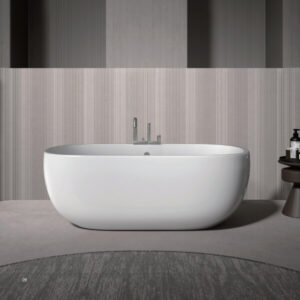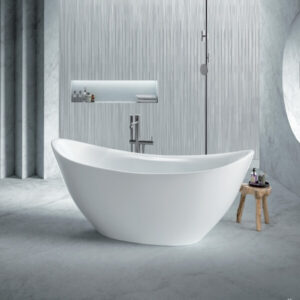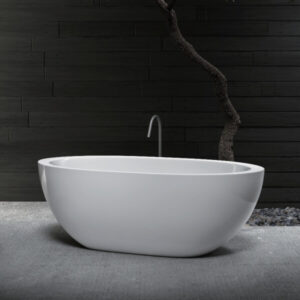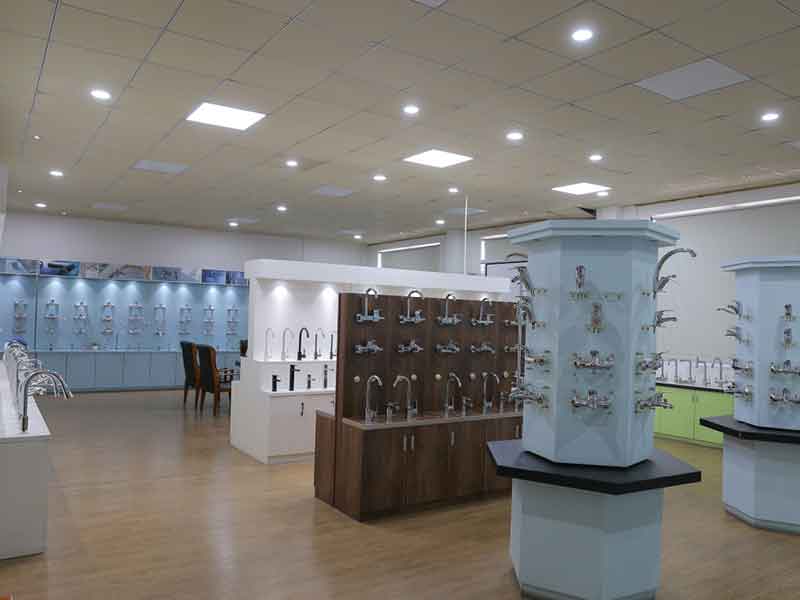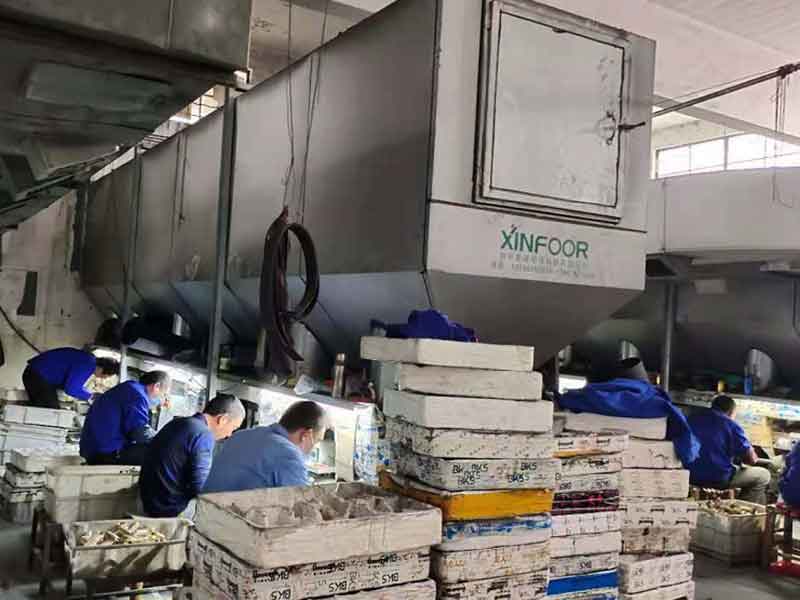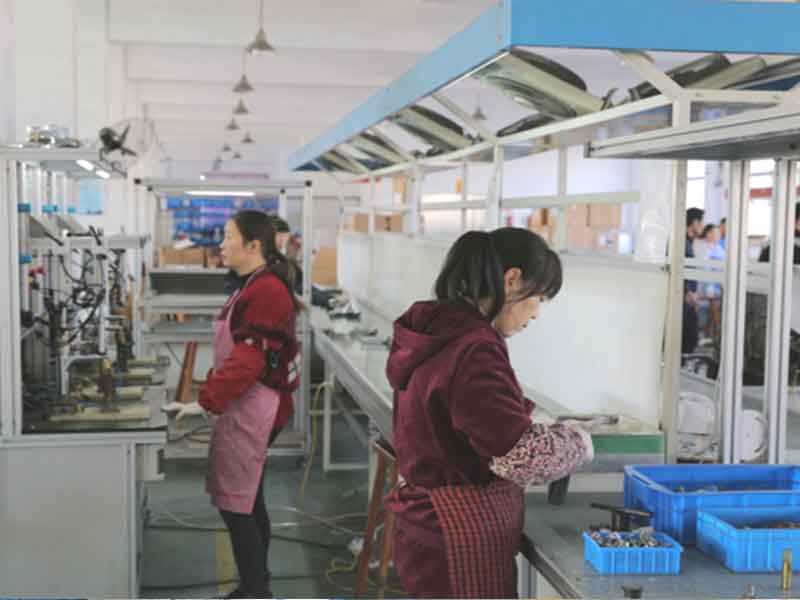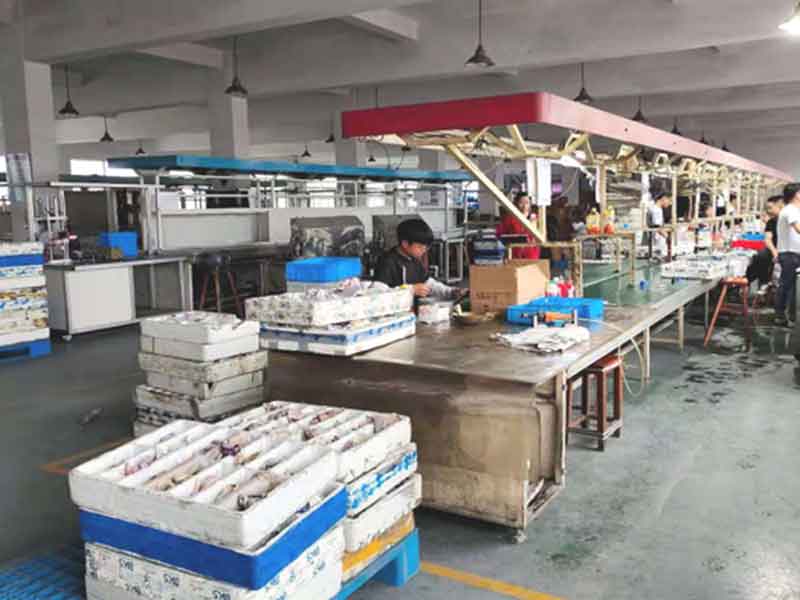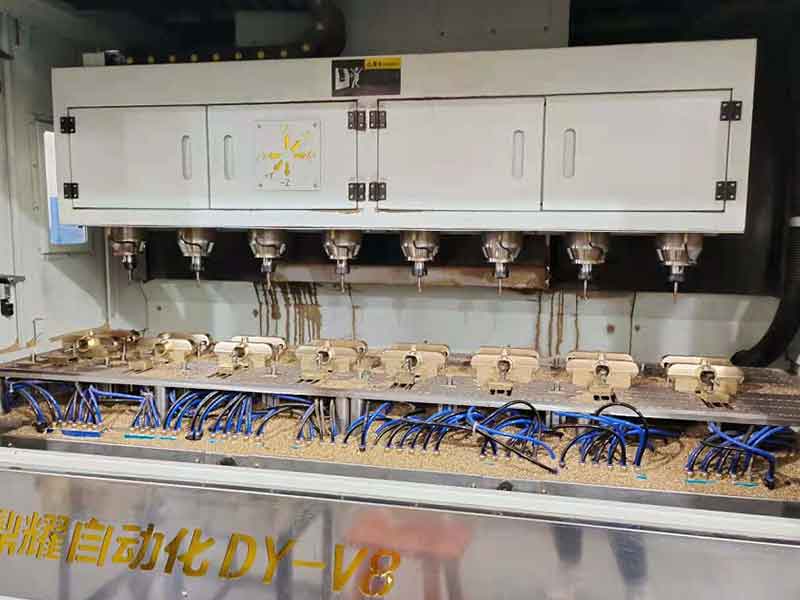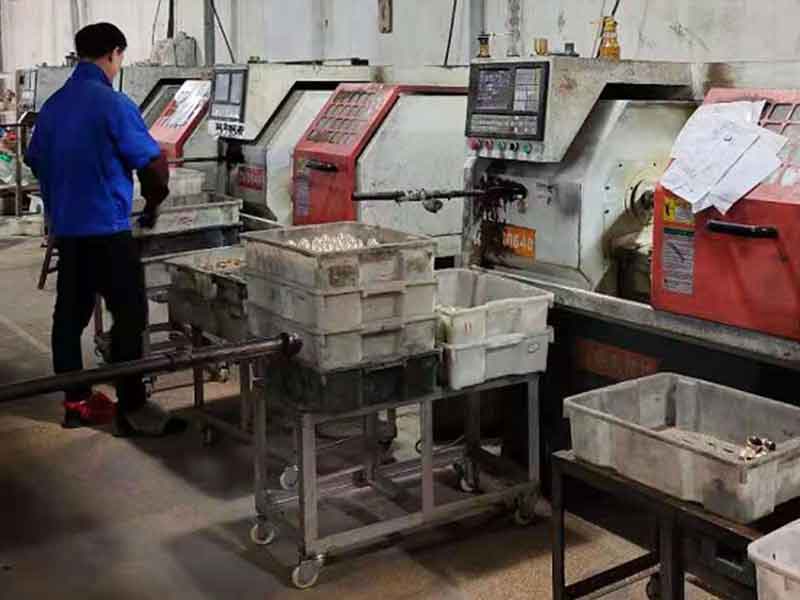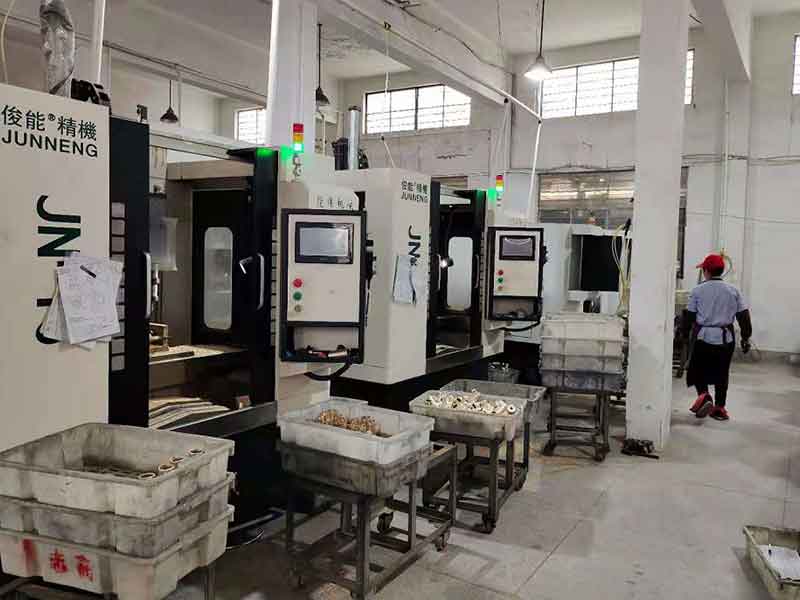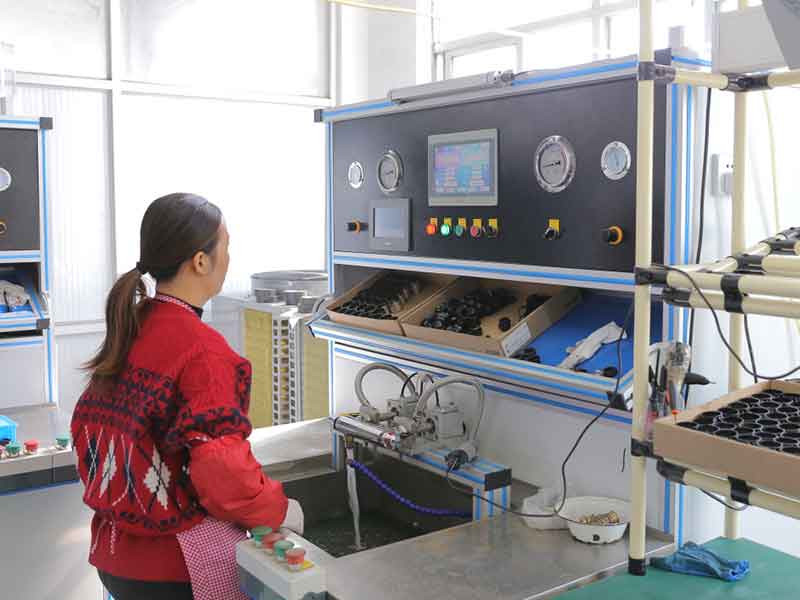Custom Bathtub Manufacturer From China
- Over 17 years of experience in bathtub customization & manufacturing.
- Bathtub customization support to fit your specific needs.
- Bathtub can be adapted to accommodate any size or shape.
- 24 months warranty support
- Unique installation that can be used in any bathroom.
- Supplier for brand companies, like Walmart, RONA, TOTO, SODIMAC, MAXEDA
We'll Reply You Quickly
Wholesale Bathtub from Nicemoco
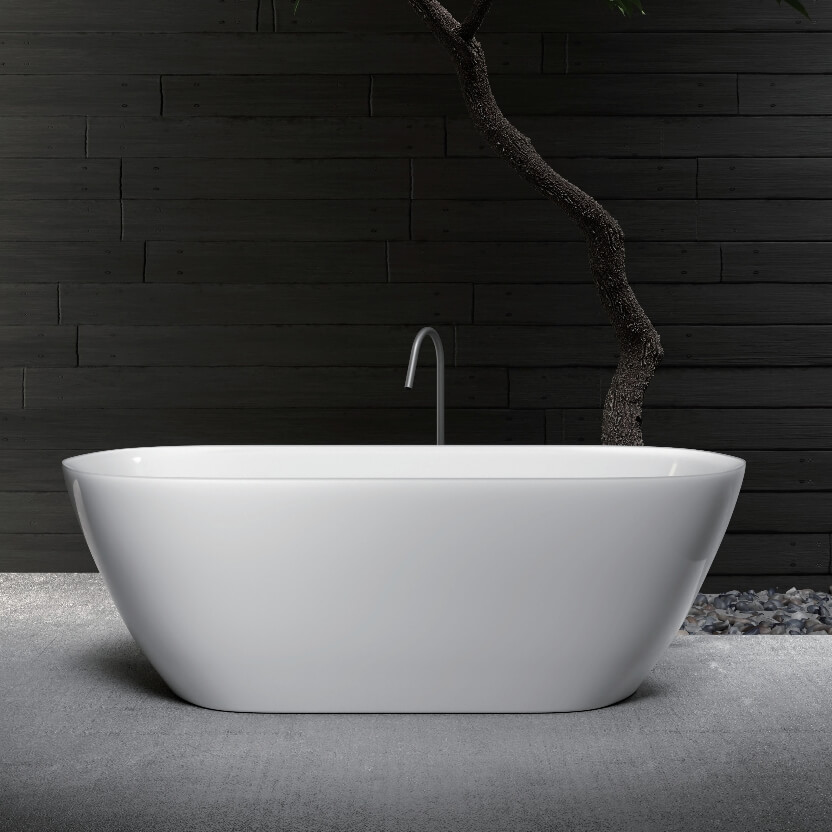
Nicemoco is a professional bathtub manufacturer in China, which has focused on bathtub manufacturing and designing for more than 17 years.
Our bathtubs range from freestanding tubs, built-in tubs, whirlpool bathtubs, and walk-in tubs, etc. We can custom bathtubs with various styles to suit different preferences and bathroom layouts.
From product design to final shipping, Nicemoco provides one-stop service to custom your bathtub. All the bathtubs will be processed with strict quality inspection, including material testing, surface finishing inspections, and structural integrity assessments.
In the past 17 years, we have severed many famous brands, including Walmart, RONA, TOTO, SODIMAC, and MAXEDA. If you are looking for a custom bathtub supplier, Nicemoco is your good choice.
We'll Reply You Quickly
High Quality Custom Bathtubs Solutions
From concept to shipping, Moco provides high quality and fast shipping to provide the perfect bathtub solution.
Your inquiry will be replied in 24 hours

Custom Bathtub from Nicemoco
Nicemoco can custom bathtub with different materials, styles, functions to meet different requirement.
- The NICEMOCO bathtub is a luxurious, extra-deep bathtub that is perfect for soaking and relaxing.
- Customization Options: we can provide customization service according to your specific design
- The bathtub package includes a bathtub, faucet, and shower. It is made of durable acrylic that is resistant to scratches, chips, and stains.
Call Us
+86-159 6864 8802
Our Email
sales@nicemoco.com
Custom Bathroom Bathtub Solutions
Material
Different materials will be available according to your requirements, including acrylic, fiberglass, cast iron, and stone resin, etc. We can custom bathtub with specific materials according to your needs.
Size
We select the size based on the bathroom dimensions, user preferences, and design styles. We will provide you with standard sizes for your choice. Specific dimensions are also supported for custom bathtubs.
Shape
Different shapes are available according to the client’s requirements, including rectangular bathtubs, oval bathtubs, corner bathtubs, and slipper bathtubs, etc. Customization is support for specific shape requirement.
Style
We provide different styles to meet different requirements, such as traditional bathtubs, freestanding bathtubs, under-mount bathtubs, and Walk-in bathtubs. Custom styles are supported in Nicemoco.
Function
Our bathtub customization support different functions, such as water jets and temperature control, spa-like bathroom designs, whirlpool jets, or deep soaking capabilities. Nicemoco can custom bathtub functions according to your requirement.
Package
We provide 4 types of packaging to protect our bathtub during transportation, including scratch-resistant material, inner boxes, outer kraft paper cartons, and void-fill materials. OEM packaging support for your brand promotion.
Installation
Our bathroom bathtub are designed for easy installation, with most products including all necessary mounting hardware and clear instructions. We also offer support for any installation queries.
Value-added Service
We provide Free product design, free stock, free CAD drawings, free artwork design of packing, and free QC & QA report same as the 3rd party inspection of each PO. Container booking and loading and document preparation are professional with free.
Steps to Custom Bathroom Bathtubs
Consultation
By understanding your needs and requirements, our salesmen work with you to submit the appropriate bathroom vanity solution based on the necessary function, and then the right model based on the test specifications.
Quotation
Nicemoco expert salesman will provide you a free quotation based on your requirements as well as product specifications and quantities. Usually, we will reply your inquiry in 24 working hours.
Order Confirmation
After receive the order, we will carefully check to ensure we have fully know the client’s requirements, then confirm the order details including pricing, payment terms, and delivery schedule.
Mass Production
Nicemoco conduct rigorous quality control processes, including material testing, structural integrity assessments, and surface finishing inspections. We have strong production capacity, and will report production progress to you from time to time.
Shipping
After rigorous quality checks and protective packaging, we will provide regular updates on the shipping status, including tracking information, to keep the customer informed about the progress of their order.
Custom Bathtubs Manufacturer FAQs
We are a factory, welcome to visit us on any time.
Freestanding bathtub, built-in bathtub, whirlpool bathtub, and walk-in bathtub. We can custom bathtub with different styles to meet your specific requirements.
Our bathtubs materials include acrylic, fiberglass, cast iron, and stone resin. We can custom bathtub with specific materials according to your needs.
All our bathtubs will be processed with strict quality inspection, including material testing, surface finishing inspections, and structural integrity assessments.
Additional features are supported for Nicemoco bathtubs, such as whirlpool and air jet systems.
We provide Free product design, Free stock, Free CAD drawings, Free artwork design of packing, Free QC&QA report same as the 3rd party inspection of each PO. Containers booking and loading and documents prepare are profession with free.
Are You Looking for Custom Bathtub Manufacturers?
Contact us for design assistance, free quote, and expert advice today.
We can provide you with a wholesale bathtub quotation within 12 working hours, and we respect your privacy.
We'll Reply You Quickly
